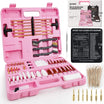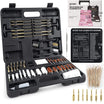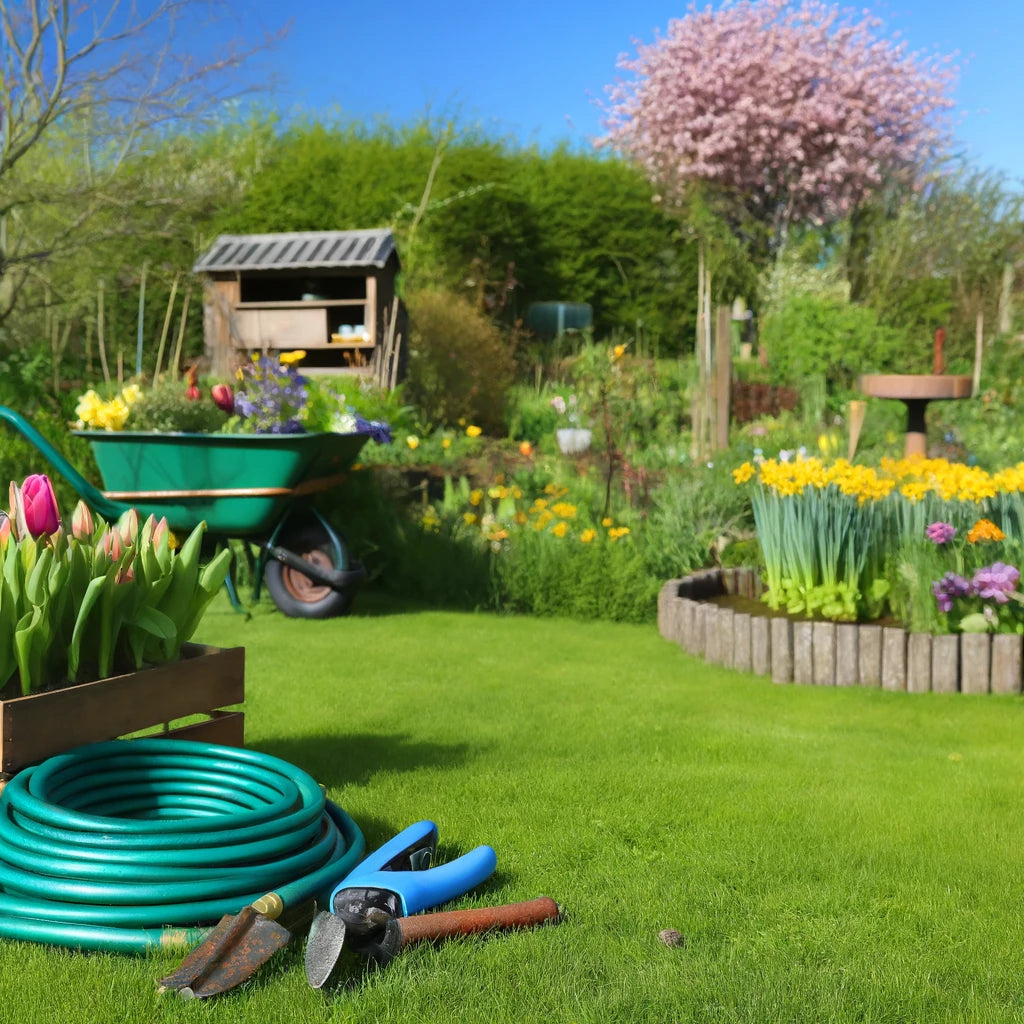Introduction
As winter wanes and signs of spring emerge, it’s the perfect time for garden enthusiasts to step outside and start the season with a revitalizing clean-up of their yards. This guide offers step-by-step instructions and expert tips to help you efficiently prepare your garden for a flourishing spring. With an emphasis on sustainable practices, we’ll ensure your garden not only looks fantastic but is also environmentally conscious.
1. Assess and Plan
Before diving into physical labor, take a walk around your garden to assess its condition. Look for winter damage, note areas that need special attention, and identify opportunities to improve your garden's layout. Planning your tasks can make the process smoother and more effective. Consider sketching a simple map of your garden to help prioritize your tasks.
2. Clear Debris
Start by removing any leaves, fallen branches, and other debris accumulated over the winter. This not only tidies up your garden but also prevents the growth of mold and pests that thrive on rotting plant material. Be sure to wear gloves to protect your hands and use appropriate tools like rakes and garden forks.
3. Prune and Trim
Early spring is the ideal time for pruning most plants because it promotes healthy growth. Trim dead branches and remove any overwintered plants that didn’t survive. Focus on shaping your perennial plants and bushes to encourage new growth. However, be mindful of the blooming schedule of each plant to avoid cutting flower buds.
4. Revitalize the Soil
After a long winter, your soil will likely need rejuvenation. Start by turning the soil over with a spade or fork to aerate it, which encourages the flow of nutrients and water. Add compost or well-rotted manure to enrich the soil with nutrients, improving the health and vigor of your plants.
5. Plan Your Planting
Think about what plants you want to grow this season. Early spring is a great time to plant hardy annuals and perennials, as well as vegetables like spinach and peas. Consider your garden’s climate, the amount of sunlight, and soil type when choosing plants, ensuring they are suitable for your specific conditions.
6. Mulch and Fertilize
Applying mulch helps retain moisture in the soil, suppress weeds, and keep the soil temperature consistent. Use organic mulch like bark chips, straw, or grass clippings. Additionally, a balanced fertilizer can provide essential nutrients that might be missing from your soil, giving your plants an extra boost.
7. Set Up Your Tools and Workspace
Ensure all your gardening tools are clean, sharp, and in good working order. Organize your workspace and storage areas to make tools easily accessible, which can save time and reduce frustration during busy gardening days.
8. Pest Control
Check for signs of pests or disease early in the season. Early detection and treatment can prevent bigger problems later. Use environmentally friendly methods, such as introducing beneficial insects, using neem oil, or applying insecticidal soap.
Conclusion
Spring yard cleanup is more than just a chore; it’s a rejuvenating process for both the garden and the gardener. By following these steps, you’re not only preparing your garden for the upcoming growing season but also promoting a healthy, sustainable environment. So, pull on your gardening gloves and let the beauty of nature inspire you as you dig into spring!























Leave a comment
All comments are moderated before being published.
This site is protected by reCAPTCHA and the Google Privacy Policy and Terms of Service apply.